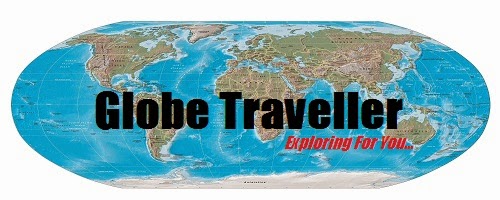Machu Picchu (Quechua machu old, old person, pikchu peak; mountain or prominence with a broad base which ends in sharp peaks, "old peak", pronunciation [ˈmɑtʃu ˈpixtʃu]) is a 15th-century Inca site located 2,430 metres (7,970 ft) above sea level. It is located in the Cusco Region, Urubamba Province, Machupicchu District in Peru. It is situated on a mountain ridge above the Sacred Valley which is 80 kilometres (50 mi) northwest of Cusco and through which the Urubamba River flows. Most archaeologists believe that Machu Picchu was built as an estate for the Inca emperor Pachacuti (1438–1472). Often mistakenly referred to as the "Lost City of the Incas", it is perhaps the most familiar icon of Inca civilization.
The Incas built the estate around 1450, but abandoned it a century later at the time of the Spanish Conquest. Although known locally, it was unknown to the outside world before being brought to international attention in 1911 by the American historian Hiram Bingham. Since then, Machu Picchu has become an important tourist attraction. Most of the outlying buildings have been reconstructed in order to give tourists a better idea of what the structures originally looked like. By 1976, thirty percent of Machu Picchu had been restored. The restoration work continues to this day.
Since the site was not known to the Spanish during their conquest, it is highly significant as a relatively intact cultural site. Machu Picchu was declared a Peruvian Historical Sanctuary in 1981 and a UNESCO World Heritage Site in 1983. In 2007, Machu Picchu was voted one of the New Seven Wonders of the World in a worldwide Internet poll.
Machu Picchu is vulnerable to threats. While natural phenomena like earthquakes and weather systems can play havoc with access, the site also suffers from the pressures of too many tourists. In addition, preservation of the area's cultural and archaeological heritage is an ongoing concern. Most notably, the removal of cultural artifacts by the Bingham expeditions in the early 20th century gave rise to a long-term dispute between the government of Peru and the custodian of the artifacts, Yale University.
Best Time to visit Machu Picchu:
The best time to visit Machu Picchu id during May or September as the weather is pleasant during that months.
Transportation System:
Trains: Your journey to Machu Picchu will take you first to the town of Aguas Calientes by train, followed by taking a bus to the top of the mountain. Trains leave on a regular basis from Cusco (Poroy), Ollantaytambo, and Urubamba and all are operated by Peru Rail. Once you reach Aguas Calientes, you will only have 2 choices of how to reach the Machu Picchu citadel either on foot or by bus which offer an exciting ride up the mountain.
Buses: Purchasing bus tickets in advance is advised as the traveler may find a line of people waiting to buy tickets as early as 5 a.m. in the high season. The first bus of the day departs at approximately 5:20 a.m., followed by departures at 10 minute intervals.

